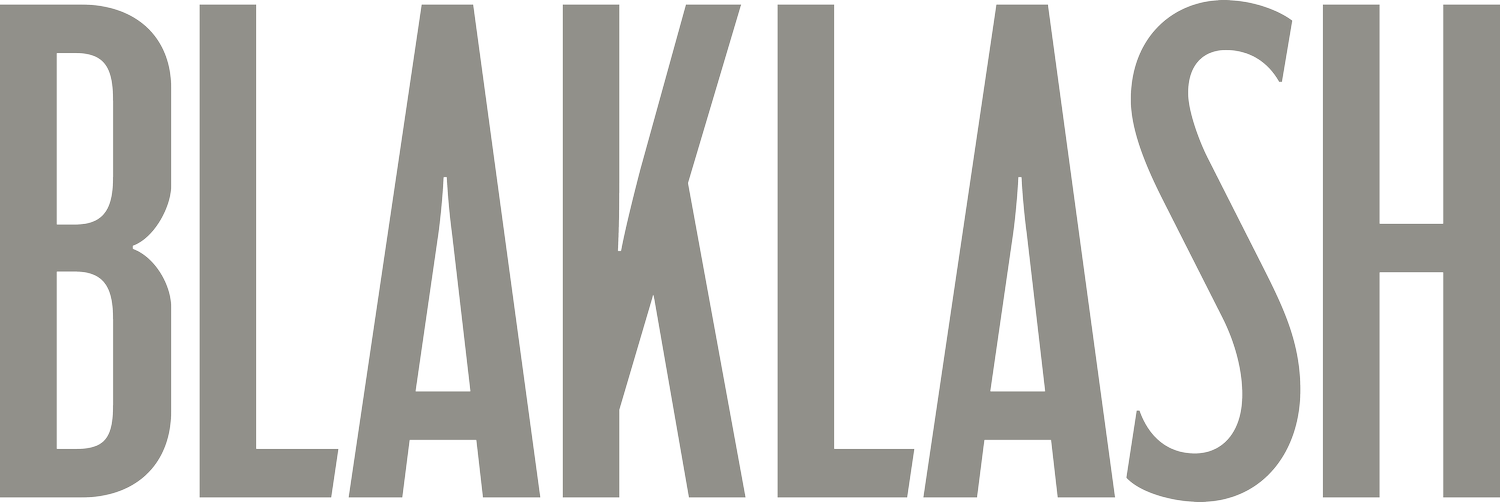Unveiling Hidden Histories: In Conversation with DR. Fiona Foley
FORUM is a platform that fosters industry connections to Aboriginal and Torres Strait Islander artists, architects, and creative practitioners. We are thrilled to announce our next session with Dr. Fiona Foley, focusing on the crucial role that public art plays in weaving narratives into the fabric of our urban landscapes, cities, and public spaces.
This conversation is particularly pertinent given the deep history and culturally significant stories encapsulated in Foley's artworks, shedding light on underrepresented stories. We are pleased to collaborate with UAP for this instalment of FORUM. UAP's sponsorship of this event allows us to delve deeper into the exploration of visual art and the myriad of impacts it has on society, culture, and public space.
Dr. Fiona Foley
Dr. Fiona Foley has been engaged with the development of urban Aboriginal art in Australia since she was one of the ten founding members of the Boomalli Aboriginal Artist Co-operative in 1987. The collective, which she was a part of, played a major role in advocacy for Aboriginal artists and Aboriginal curators within state institutions, employment in higher education, and as independent writers on Aboriginal art. This period marked the beginning of an art movement that has created successive generations of urban Aboriginal artists who are now part of the nation’s accepted cultural fabric.
Since those early initiatives, Foley has remained an advocate for promoting Aboriginal and Torres Strait Islander art and cultural knowledge as part of the growing understanding in Australia and more broadly. Her art practice is research-led and spans over 35 years.
Foley has worked in the area of public art with major commissions held at Parliament House, Canberra, Museum of Sydney, Melbourne Museum, State Library of Queensland, and Brisbane Magistrates Court. She has also developed public art works in regional Queensland at Maryborough, contributed a major series of works to Mackay’s Bluewater Trail, and at Yarrabilba outside Brisbane. She has established long working relationships with industry leaders throughout Australia and overseas.
Major public sculptures include:
The Edge of Trees, Museum of Sydney, Sydney 1995
The Lie of the Land, Melbourne Museum, Melbourne 1997
Tribute to A’vang, Parliament House, Canberra 2001
Winged Harvest, The Australian National University, Canberra 2001
Witnessing to Silence, Brisbane Magistrates Court, Brisbane 2004
Bible and Bullets, Redfern Park, Sydney 2008
Little Treasures, Hamilton Northshore Playscape, Brisbane 2008
Black Opium, State Library of Queensland, Brisbane 2009
Sugar Cubes, Mackay Regional Council, Mackay 2009
Gilla (native bee), Lady Cilento Children’s Hospital, Brisbane 2014
As I moved into the area of public art in the mid 1990s, I wanted to write Aboriginal nations, Aboriginal culture and Aboriginal history back into the visual landscape. This has been the premise for my public art commissions over three decades.
Featured Projects
Black Opium, State Library of Queensland, Brisbane 2009
Suspended poppy heads arranged in the shape of the infinity symbol connect to a series of seven small rooms representing different ambiances and cultures, exploring themes of history, memory and politics through sculptural installations and photographs.
Foley's visually seductive work leads visitors on a journey through a little known part of the state's history. Her work is layered with meaning, revealing a time when Aboriginal people were often paid for their labours with opium, robbing them of their health, and in some cases, their lives.
Black Opium was commissioned as part of State Library's 2006 redevelopment and was designed to draw visitors along the Knowledge Walk.
Sugar Cubes, Mackay Regional Council, Mackay 2009
The circular installation of Sugar Cubes situated alongside the Pioneer River exemplifies the intricate history associated with the sugar industry. The sugar cubes are methodically arranged in pillar-like formations. The sugar industry is one of Mackay's most notable achievements, but the artwork also recognizes the historical significance of South Sea Islanders to both this industry and to Mackay, a city which houses Australia's largest population of South Sea Islanders.
Imprinted on the surface of the sugar cubes are the thumbprints of the descendants of the South Sea Islanders, along with the names of the ships that transported them, acknowledging their past as human cargo. An aged Leichhardt tree marks the site of Mackay's original port, while the engraved sugar-cane plantations represent the enduring bonds between the South Sea Islanders and the wider Mackay community, spanning past, present, and future.
Bible and Bullets, Redfern Park, Sydney 2008
The children’s playground is a key element of the 19 million dollar Redfern Park upgrade. The brief was to reinvigorate Redfern Park, making it an attractive destination for families by providing inviting and interactive play opportunities.
Artist Fiona Foley was commissioned through UAP to create an intuitive playscape for the under 7 age group. Fiona gathered her reference material from walks throughout the local area, with the play elements themed around native flora. The intention is to stimulate the imagination and senses and provide tangible cues to structured play activity.
These elements sit adjacent to other commissioned artworks by Fiona, which more directly reflect the site’s Indigenous social and political history.
Witnessing to Silence, Brisbane Magistrates Court, Brisbane 2004
Foley's "Witnessing to Silence" holds the distinction of being the first public artwork to bring to light the concealed history of Queensland, a narrative that the court would likely have been reluctant to display at its entrance. Foley has become adept at navigating such resistance. The grim realities of history, after all, will never sit comfortably, even with modern audiences. The hope is that as this history gains more exposure, both public and private entities responsible for commissioning art will become more accommodating to acknowledging and accepting the critical voice of the artist.






